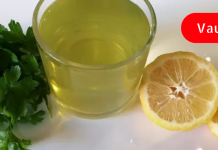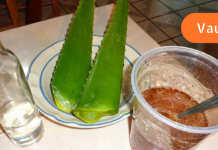Burn injuries are among the most common and painful types of skin damage that people experience. Whether it’s a mild sunburn or a more serious thermal injury, the healing process can be long, uncomfortable, and complicated by infections or scarring. While modern medicine has developed a wide variety of topical ointments, creams, and dressings to treat burns, researchers are continually searching for more effective and natural solutions. One such remarkable discovery involves a substance that has been known to humankind for thousands of years: honey.
In recent years, a group of researchers in New Zealand conducted a comprehensive study to investigate how effective honey could be in treating burns and wounds. The findings of the study were both fascinating and encouraging. The research team found that honey not only promotes rapid healing of the skin, but also offers antibacterial protection and reduces inflammation. This makes it an ideal treatment for skin injuries, including burns.
According to the researchers, honey’s ability to heal damaged skin is due to its unique composition. It contains natural enzymes, antioxidants, and antibacterial properties that work together to cleanse wounds and stimulate tissue regeneration. When applied directly to a burn, honey creates a moist environment that is essential for healing. At the same time, it prevents infection by killing harmful bacteria, which is one of the biggest concerns in burn treatment.
Moreover, the study revealed that honey outperformed many of the conventional burn treatment products available on the market today. While synthetic medications may help reduce pain or prevent infection, they often come with side effects or lose effectiveness over time. Honey, on the other hand, is a natural substance with a broad spectrum of healing properties and virtually no side effects when applied topically. For this reason, the researchers concluded that honey could be considered not only an alternative treatment but possibly a superior one.
One of the key points emphasized in the study is the speed with which honey helps the skin regenerate. Healing time is a critical factor in burn treatment. The longer a wound remains open, the higher the risk of infection and permanent scarring. Honey’s ability to speed up the healing process means that the skin closes faster, reducing both pain and the likelihood of complications. This is particularly important in areas where access to advanced medical care may be limited or delayed.
Interestingly, the type of honey used in the study also mattered. Not all honey is created equal, and the researchers specifically highlighted the effectiveness of medical-grade honey, such as Manuka honey, which is native to New Zealand. This particular variety is known for its exceptionally high levels of antibacterial activity. The researchers believe that this might be one of the reasons why the study conducted in New Zealand yielded such promising results.
In conclusion, honey is not just a sweetener or a home remedy—it has the potential to revolutionize the way we treat burns and wounds. With more scientific studies supporting its effectiveness, honey could become a widely accepted and trusted solution in both clinical settings and home care. Its natural healing abilities, lack of side effects, and powerful antibacterial properties make it a truly ideal treatment option—one that has no true equivalent in the world of modern medicine.
As this research from New Zealand demonstrates, sometimes the best solutions are the ones nature has provided all along.


















